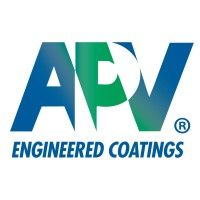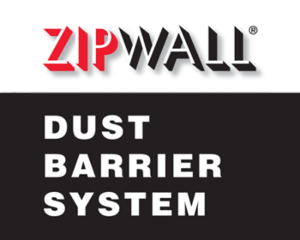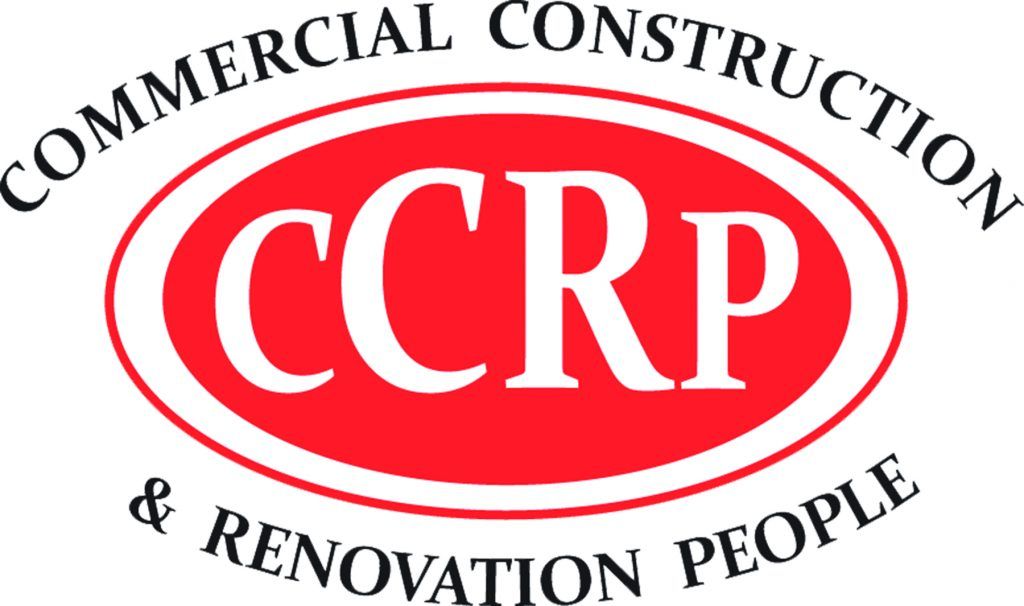Keeping wastewater contained in treatment facilities can be challenging due to the various chemicals that deteriorate tank and lagoon coatings. Selecting the best wastewater lining system is essential to preventing contamination of nearby areas from leakage. Numerous coating options are available, but a few types, such as polyurea (PU) and epoxy, are more commonly used than others. Keep reading to learn which lining system best fits your needs.
Which Wastewater Lining System Is Best?
Individuals looking for a wastewater lining material may be overwhelmed by the lining options available. However, even though there are a variety of products on the market promising to be the best solution for your wastewater tank or lagoon, one option brings more to the table than others.
Polyurea
This liner is one of the most commonly used materials in the industry, and for a good reason. Wastewater tanks are challenging to keep watertight since the chemicals in wastewater will break down many barrier systems. Due to sewage, chemicals, and other organic matter in wastewater, seepage is a health hazard, which is why the materials used for wastewater lining systems must be durable and resistant to chemicals.
Optimal Adaptability
Since PU is applied by spraying, the compound can conform to manholes, lift stations, and containment units’ seams or internal structures. Unlike brittle coatings that crack when exposed to ongoing expansion and contraction cycles, PU can adapt to expansion and contraction without compromising its structural integrity.
This flexible material boasts 300% elongation and more than 2,000 psi tensile strength. PU’s impressive elongation abilities allow it to adapt to the shifting size of the surface it is coating without cracking or deteriorating. In addition, its tensile strength makes it suitable for repairing holes in tanks when applied as a liner.
A Long-Term Solution
Not only can PU stand up against physical and environmental damage, but it also lasts longer than most other options. The majority of polymers have a 50-year design life, making them a wise financial decision as you’ll receive an excellent return on your investment.
Easy Application
PU is a spray-applied plural component that dries rapidly. Unlike epoxy and concrete liners, applying PU doesn’t require the treatment system or container to be out of commission for long. Since PU goes on quickly and dries in minutes, downtime during coating is minimal.
PU Compared to Expoxy Lining Systems
Epoxy is a resin and can be applied in thinner coats to make it more flexible or thick coats for increased strength. As a resin, it is slow to cure and takes longer to apply and set than PU. Expoxy is a suitable lining material, but when used properly, it will either have high flexibility and low strength or high strength and low flexibility, not both.
For lining jobs requiring flexibility or strength, epoxy can be an effective solution. However, PU is the superior choice when the situation requires a simultaneously durable and flexible liner.
Although each individual’s needs are different, if you’re looking for a flexible, long-lasting liner for a wastewater environment, PU is challenging to beat. So next time you line or repair your wastewater systems, consider using this versatile polymer to solve your wastewater containment needs.





























